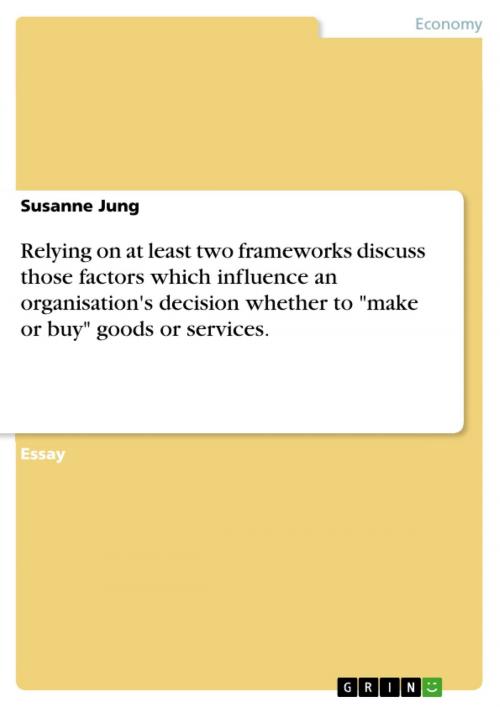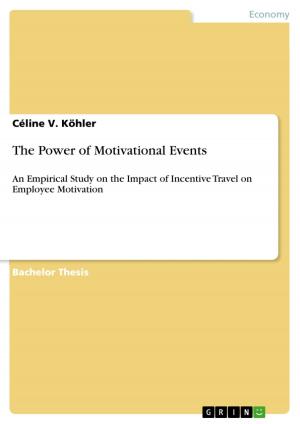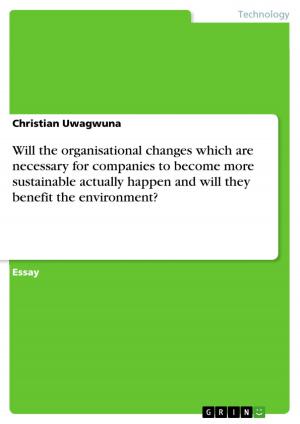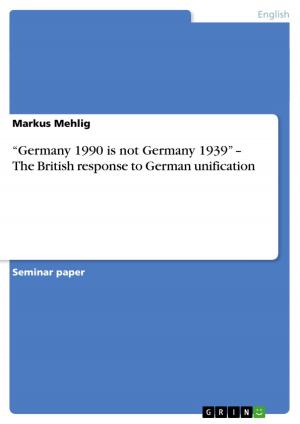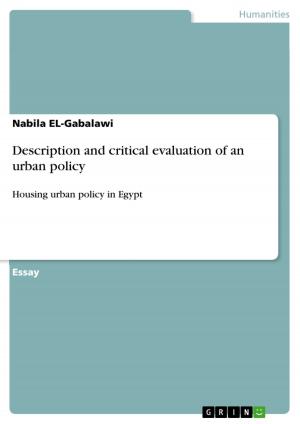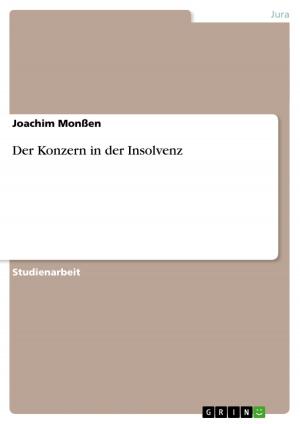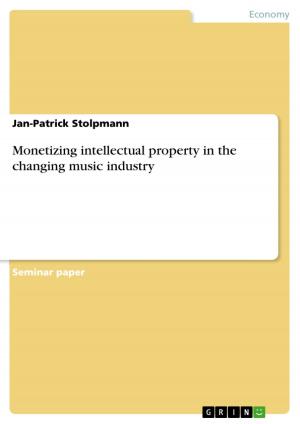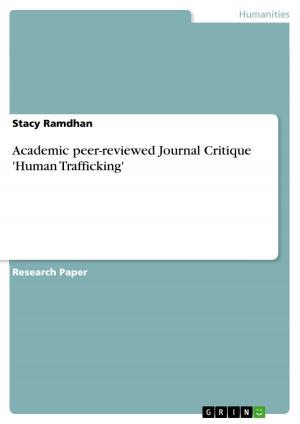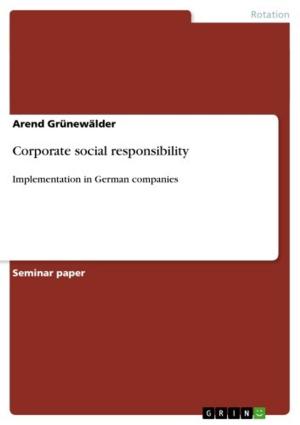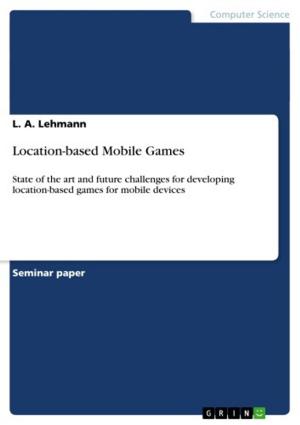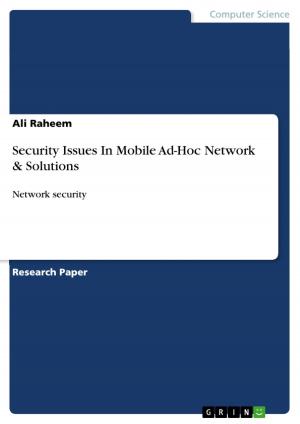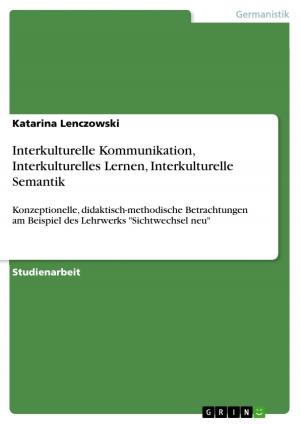Relying on at least two frameworks discuss those factors which influence an organisation's decision whether to 'make or buy' goods or services.
Business & Finance, Management & Leadership, Management| Author: | Susanne Jung | ISBN: | 9783638490382 |
| Publisher: | GRIN Publishing | Publication: | April 13, 2006 |
| Imprint: | GRIN Publishing | Language: | English |
| Author: | Susanne Jung |
| ISBN: | 9783638490382 |
| Publisher: | GRIN Publishing |
| Publication: | April 13, 2006 |
| Imprint: | GRIN Publishing |
| Language: | English |
Essay from the year 2003 in the subject Business economics - Business Management, Corporate Governance, grade: 2, University of Kent, course: Strategic Management, 11 entries in the bibliography, language: English, abstract: Operating in domestic markets and expanding into global market offers new opportunities. These opportunities necessitate changes relating to the strategy, operational planning and the organisation itself. Growth can be planned. To operate effectively in a global market it is necessary to identify global drivers and to compete with rivals. Therefore costs should be reduced and the competitive advantage should be extended. One issue relating to the reduction of costs could be a 'make or buy (m/b)' decision, in other words, vertical integration or vertical de-integration, so-called outsourcing. Cost savings are achieved through more effective co-operation. Vertical integration includes merging and acquiring and its direction is backward or forwards due to its related activities respectively its supply chain. Outsourcing, or deintegration, contains to concentrate on the specialisation of competences by subcontracting all other activities and it subcontracts activities (Grant, 2002: 393-4). There are three forms of outsourcing: Co-sourcing that keeps the clients responsibility for management and strategic aspects of the activity while an expert provides the outsourced activity (Brown, 1997: 60). Secondly, removing an activity out of the company as an indepented company and demand its products. Thirdly, outsourcing as used in the following: An activity is in the responsibility of another organisation (Brown, 1997: 60). While talking about a m/b decision it is necessary to define and to present the point of view of the transaction cost approach in contrast to the resource-based approach. Firstly, an introduction in transaction costs approach is given, after a discussion of its point of view relating to the make and buy decision. Afterwards the resource-based approach is added. Because of limits of space, the network approach is not discussed1. Relying on at least two frameworks discuss those factors which influence an organisation's decision whether to 'make or buy' goods or services.
Essay from the year 2003 in the subject Business economics - Business Management, Corporate Governance, grade: 2, University of Kent, course: Strategic Management, 11 entries in the bibliography, language: English, abstract: Operating in domestic markets and expanding into global market offers new opportunities. These opportunities necessitate changes relating to the strategy, operational planning and the organisation itself. Growth can be planned. To operate effectively in a global market it is necessary to identify global drivers and to compete with rivals. Therefore costs should be reduced and the competitive advantage should be extended. One issue relating to the reduction of costs could be a 'make or buy (m/b)' decision, in other words, vertical integration or vertical de-integration, so-called outsourcing. Cost savings are achieved through more effective co-operation. Vertical integration includes merging and acquiring and its direction is backward or forwards due to its related activities respectively its supply chain. Outsourcing, or deintegration, contains to concentrate on the specialisation of competences by subcontracting all other activities and it subcontracts activities (Grant, 2002: 393-4). There are three forms of outsourcing: Co-sourcing that keeps the clients responsibility for management and strategic aspects of the activity while an expert provides the outsourced activity (Brown, 1997: 60). Secondly, removing an activity out of the company as an indepented company and demand its products. Thirdly, outsourcing as used in the following: An activity is in the responsibility of another organisation (Brown, 1997: 60). While talking about a m/b decision it is necessary to define and to present the point of view of the transaction cost approach in contrast to the resource-based approach. Firstly, an introduction in transaction costs approach is given, after a discussion of its point of view relating to the make and buy decision. Afterwards the resource-based approach is added. Because of limits of space, the network approach is not discussed1. Relying on at least two frameworks discuss those factors which influence an organisation's decision whether to 'make or buy' goods or services.
